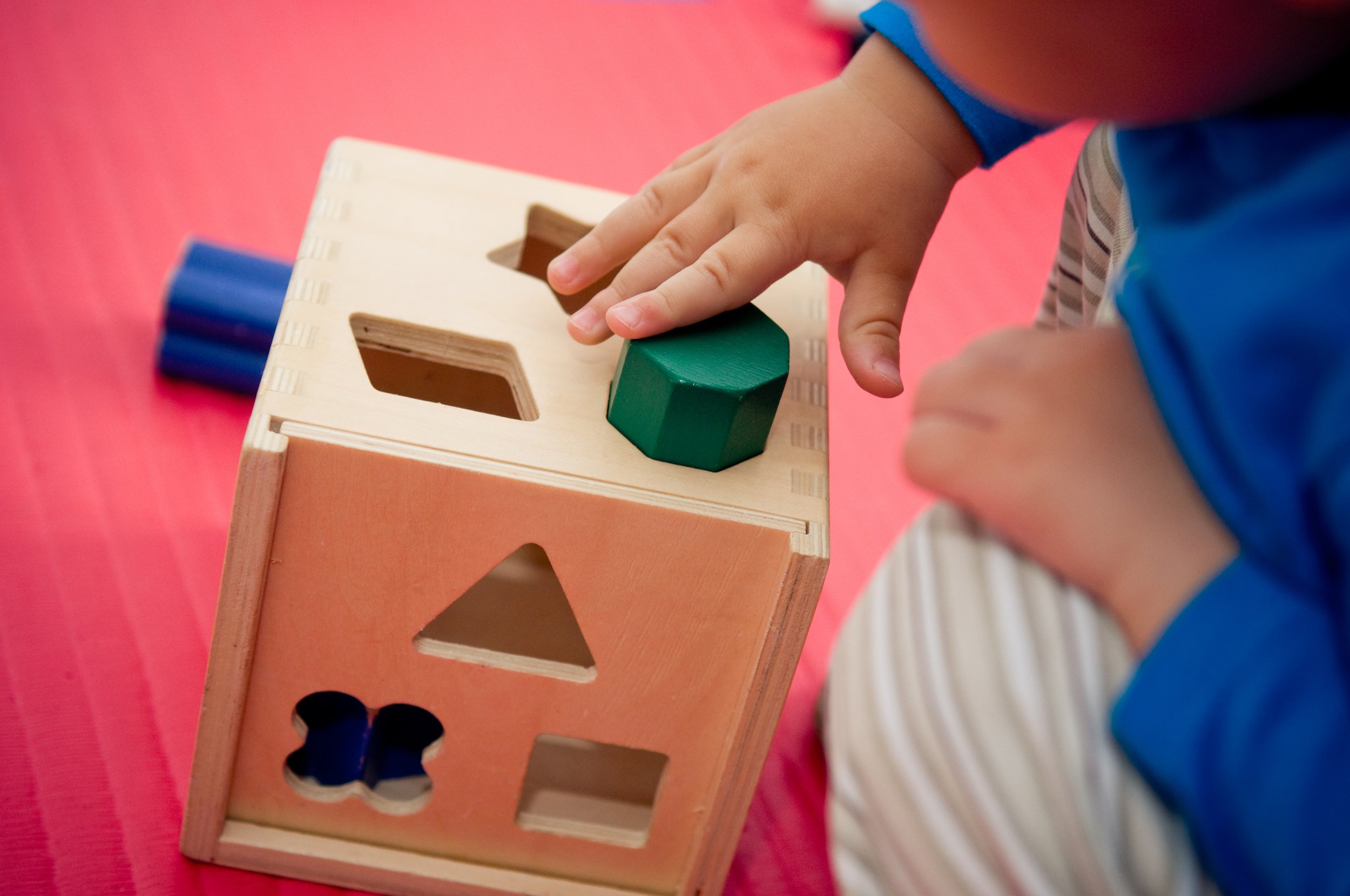The place of Mini-MELs in a Measurement, Evaluation and Learning strategy
As part of Hands Up Mallee work to build an Understanding Measurement Evaluation and Learning Framework (U-MEL) we have also begun to create smaller, targeted Mini MEL Frameworks (Mini MELs).
Our overarching MEL framework is one of the tools Hands Up Mallee is using to evaluate and learn as we create change. The MEL Framework is also a way to refine and adapt our collective impact strategy as we progress, capture knowledge, understand things that are emerging in our community, measure our progress and be accountable to the community, our partners and funders.
The MEL Framework aims to gather this information together in ways that highlight the broad picture of the change being created in our community, helping to learn from the work we are doing and allowing us to be proactive and adaptive to reach the best possible outcomes for the community through our initiative.
There are two key components which sit at the heart of our MEL framework and are woven together for evaluation reporting.
Our Journey of Change (also known as a theory of change), which frames our intentions, desired outcomes and the scope of the work
The Key Evaluation Questions, which gather information about how the work is being done:
· Did we choose the right things to do? ( Design evaluation)
· Did we do those things well? ( Process evaluation)
· What was our impact- did it work? ( Results evaluation)
· What are we learning?
· How must we adapt?
Why Create Mini MELs?
The over-arching MEL Framework is being designed to measure, evaluate and learn from. Hands Up Mallee’s broad strategies over the next fifteen years. To make sure we meet these long-term goals it’s important that we also monitor work along the way that will contribute to our progress, ranging from short-term projects and programs through to action team work and more.
To monitor this we are linking essential components of the over-arching MEL into Mini MELs
What is the purpose of Mini MELs?
Mini MELs are designed to link the shorter-term goals of a specific project, program or action to the long-term goals of the over-arching MEL Framework. Short term goals might only focus on one goal or outcome of the over-arching MEL or hold multiple small aspects of goals from across the overarching MEL. By tracking shorter-term or smaller parts of the over-arching MEL we can check in with how well we are progressing towards our long-term goals and adapt our ways of working for greater impact along the way.
What is different about the key components of a Mini MEL?
Mini MELs have their own smaller Journey of Change, which has outcome measures specific to the targeted action and timeframe of that area of work. Their outcome measures are designed to enhance community engagement, planning and outcome setting.
Mini MEL specific Key Evaluation Questions will highlight what will be reflected on and evaluated for its area of action. They will help determine the best ways to gather data and stories about the work from design through to measuring the results.
Bringing it all together for better outcomes
By weaving the findings from a series of mini MELs into the over-arching MEL Framework, Hands Up Mallee will have richer stories and deeper insights into what change is being achieved by the initiative, and be able to reconcile the multiple perspectives and contributions that community, services and government bring to the work of the Hands Up Mallee initiative.

